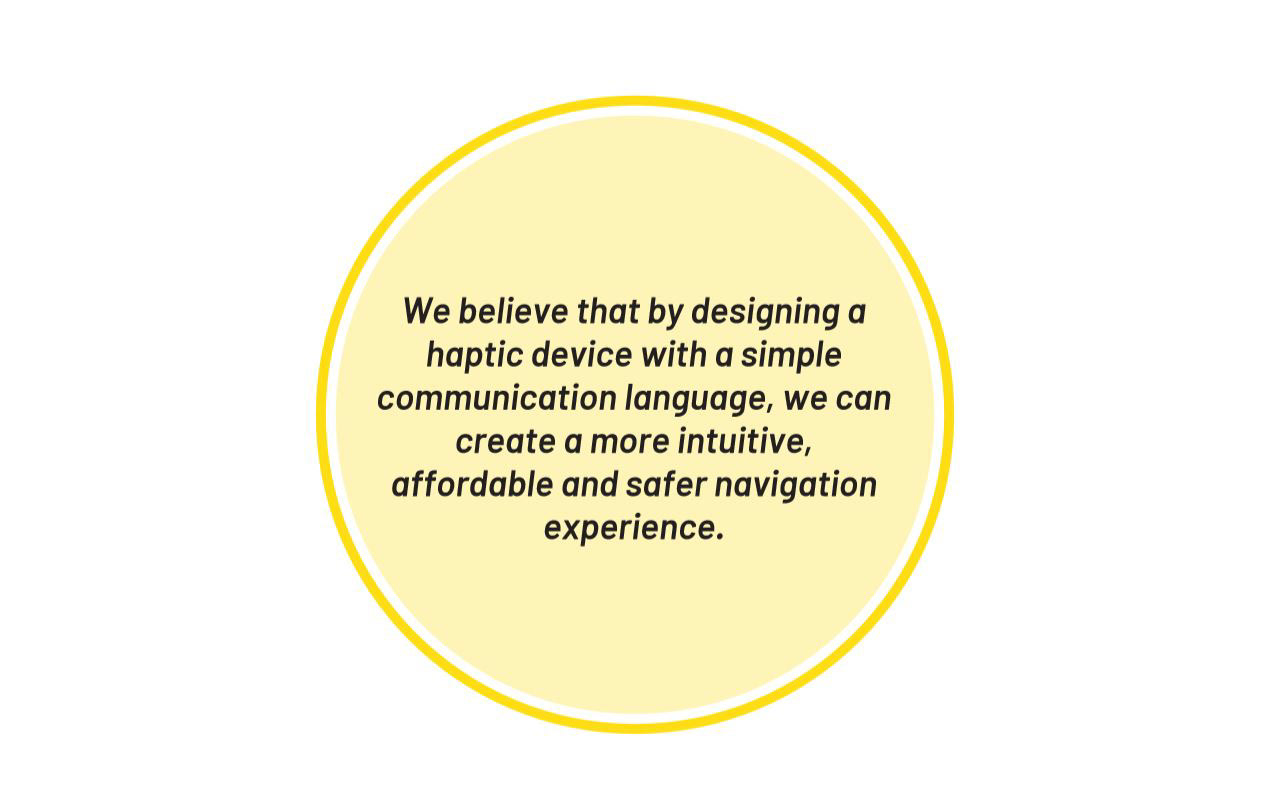People in motion are often distracted. In 2014, the Pew Research Center found that seventy percent of 18 to 24 year-olds had been bumped into by someone using a smartphone (Richter, 2014), and in Boston, thirty-one percent of bikers were found to be distracted at high-traffic intersections (Wolfe, 2016). For bikers, distractions were either “auditory (earbuds/phones in or on ears)” or “visual/tactile (electronic device or other object in hand)” (ibid), and these types of distractions are the very methods upon which mobile navigation devices (smartphones) rely. Given the vulnerability of bikers to accidents and injury, such distractions merit serious consideration in bicycle safety (Useche, 2018), especially in an urban landscape of drivers and pedestrians who may be equally distracted by smartphone usage.










